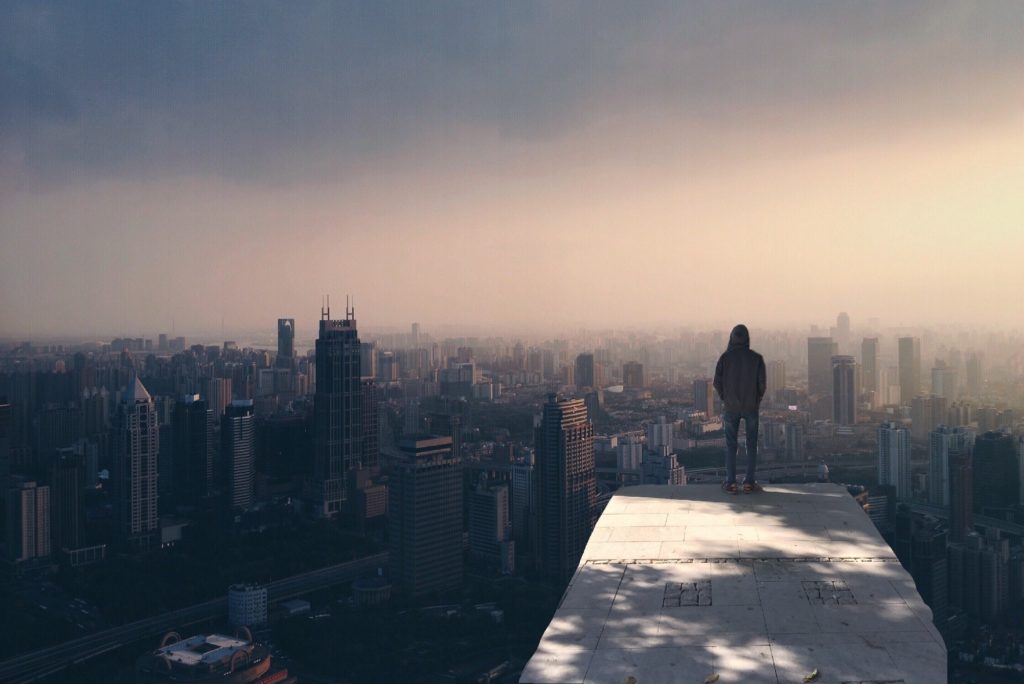
Coronavirus is a global pandemic, and the situation keeps getting worse every day. Since the outbreak of the pandemic emerged in Wuhan, a central city in China in 2019, the virus keeps spreading sporadically across the globe. As at the point of this article, the world has recorded more than 13,000 deaths, and over 311,000 infections have been confirmed across 177 countries and territories.
Data has shown that the disease is mild in 80% of patients, severe in 13%, and critical in 6%. The pandemic has its common symptoms to be fever, fatigue, and dry cough. Other symptoms noticeable in other patients might include aches and pains, runny nose, sore throat, shortness of breath, and diarrhoea. However, in some critical cases, COVID-19 can cause severe pneumonia, multiple-organ failure, or eventual death.
Hence, the need for proper precautions to stay safe and prevent oneself from the ravaging COVID-19.
Importance of social distancing during coronavirus
Social distancing is the deliberate act of increasing the physical space between people to avoid the spread of COVID-19. During this coronavirus epidemic, individuals are allowed to work from home. Schools are even closing up for students to take classes online to contain the spread of the coronavirus among the populace.
The main aim of social distancing is to reduce the amount of interaction people have with one another as they go on with their day-to-day activities. Therefore, governments around the world have made several policies to enforce social distancing among citizens to reduce the chances of contracting the virus and then spreading it to others.
These measures are to prevent people who are at higher risk of severe symptoms if they get COVID-19. This includes the elderly with significant long-term diseases such as diabetes, neurological problems, kidney disease, lung disease, heart disease, and several others.
Other essential impacts of the virus include things such as:
- Restrictions of travelling to only when it’s necessary most especially on public transport or for overseas trips
- Working from home, that is, remote work for every organization where it’s possible and achievable
- Apparent avoidance of public social venues like cinemas, clubs, and beaches
- Avoidance of gatherings that have a large number of people
- Restricting visitors and visitations to the barest minimum
- Maintenance of safe distance of about two metres between yourself and the person next to you when you are in the public
Difference between social distancing and self-isolation
As much as the two measures are to contain the coronavirus pandemic, there is a striking difference between the two. While social distancing is a lenient measure for the general public to limit the propensity of the spread of COVID-19, self-isolation is a much more stringent measure of distancing practices for suspected or infected individuals with coronavirus.
Self-isolation involves restriction from going to work or school, not travelling, not having visitors nor leaving the house. Even when self-isolating individuals need groceries, someone else needs to help them get their supplies. It also involves things like not sharing a bed and other household materials such as towels, utensils and others.
As the world combat with the coronavirus pandemic, it’s expedient that individuals take necessary precautions to contain the spread of COVID-19.


Social Distancing During This Coronavirus Outbreak
Coronavirus is a global pandemic, and the situation keeps getting worse every day. Since the outbreak of the pandemic emerged in Wuhan, a central city in China in 2019, the virus keeps spreading sporadically across the globe. As at the point of this article, the world has recorded more than 13,000 deaths, and over 311,000 infections have been confirmed across 177 countries and territories.
Data has shown that the disease is mild in 80% of patients, severe in 13%, and critical in 6%. The pandemic has its common symptoms to be fever, fatigue, and dry cough. Other symptoms noticeable in other patients might include aches and pains, runny nose, sore throat, shortness of breath, and diarrhoea. However, in some critical cases, COVID-19 can cause severe pneumonia, multiple-organ failure, or eventual death.
Hence, the need for proper precautions to stay safe and prevent oneself from the ravaging COVID-19.
Importance of social distancing during coronavirus
Social distancing is the deliberate act of increasing the physical space between people to avoid the spread of COVID-19. During this coronavirus epidemic, individuals are allowed to work from home. Schools are even closing up for students to take classes online to contain the spread of the coronavirus among the populace.
The main aim of social distancing is to reduce the amount of interaction people have with one another as they go on with their day-to-day activities. Therefore, governments around the world have made several policies to enforce social distancing among citizens to reduce the chances of contracting the virus and then spreading it to others.
These measures are to prevent people who are at higher risk of severe symptoms if they get COVID-19. This includes the elderly with significant long-term diseases such as diabetes, neurological problems, kidney disease, lung disease, heart disease, and several others.
Other essential impacts of the virus include things such as:
Difference between social distancing and self-isolation
As much as the two measures are to contain the coronavirus pandemic, there is a striking difference between the two. While social distancing is a lenient measure for the general public to limit the propensity of the spread of COVID-19, self-isolation is a much more stringent measure of distancing practices for suspected or infected individuals with coronavirus.
Self-isolation involves restriction from going to work or school, not travelling, not having visitors nor leaving the house. Even when self-isolating individuals need groceries, someone else needs to help them get their supplies. It also involves things like not sharing a bed and other household materials such as towels, utensils and others.
As the world combat with the coronavirus pandemic, it’s expedient that individuals take necessary precautions to contain the spread of COVID-19.